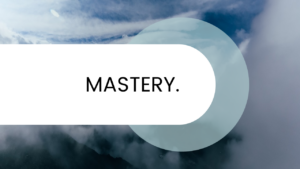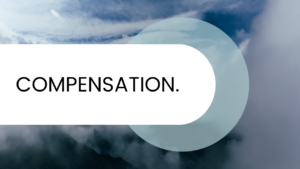Workflow in Change
When we begin to establish and experience new ways of working with our clients, we are immediately confronted by their workflow norms. There’s a lack of clarity about bandwidth because everyone is maxed out. As a result, there’s an instinct to operate at a much slower cadence than we prefer. They envision large chunks of polished work; we think in small quantities of raw output. They think in months; we think in weeks or days. They coordinate through emails, calendars, and assistants. We coordinate through messaging apps, cloud documents, and an established operating rhythm. Sometimes we try it their way, but more often than not, we offer them the opportunity to try something new. And would you believe it, most people quickly experience relief and an incredibly good feeling of ease and momentum.
Questions on Workflow
The following questions can be applied to the organization as a whole or the teams within it. Use them to provoke a conversation about what is present and what is possible.
- How do we divide the work of the organization?
- What is the relationship between our workflow and our structure?
- How do we handle projects that are too big for one team?
- What is our approach to project management?
- Who is accountable for project outcomes?
- How do we maintain visibility across all our projects?
- How are projects initiated, canceled, or completed?
- What is the role of rhythm and tempo in our workflow?
- How do we optimize our workflow to minimize waste and maximize value creation?
What does it mean to be People Positive about workflow?
Recognize that healthy workflow comes from organizing around the work, not working around the organization. When our teams and projects live in the same place, relationships fuel the work. And instead of pushing for uniformity, let local methods and tools flourish.
What does it mean to be Complexity Conscious about workflow?
Accept that workflow is something to be coordinated and refined, not something that can be solved. Ensure that every team has the capacity to do the work and improve how they do the work at the same time. In order to maximize the adaptive potential of the organization, create the infrastructure to support loosely coupled, tightly aligned teams.
Now that you are familiar with the dimensions of our theory, let’s discuss how we can apply it. Like many other tools, our approach can be used in different ways. It can be used descriptively to describe your own way of working or that of another team. It can be used diagnostically to analyse positive or negative patterns we have observed (e.g. why do new employees feel confused by the onboarding process?). In addition, some teams use our approach to envision how the organisation could evolve.
We use it primarily as an awareness-raising tool to capture stories, tensions and experiments that are happening in the real world. We ask the teams themselves to interpret what is happening. Regardless of the approach, our approach usually triggers a rethink in the teams as they begin to systemically rethink the way they work. A meeting is no longer just a meeting; it becomes a forum for belonging, an opportunity to share information, a chance for buy-in or even a potential waste of time. Our approach encourages such conversations, and these conversations will ultimately lead to change.
Every decision is associated with emotions. When you are faced with a decision, the subcortical structures in your brain are activated and trigger a cascade of emotions, instincts and bodily sensations. These elements influence a somatic decision or even bring it about before you are aware of it. This phenomenon is commonly referred to as a “gut feeling”. The interplay between our different thought systems happens so quickly and seamlessly that we often don’t even realise it. We may hold on to the belief that most of our decisions are made objectively and rationally, but this is not the case.
Therefore, at this point, you should have already made your decision. Somewhere in your mind or body, you know it. Either you believe that we need to change the way we work and are ready to take that step, or you don’t believe it and never will. Those who believe – the catalysts, the visionaries, the risk-takers – have understood that the future will not be a desirable place unless we change how we work together as humans to design and build the future in a way that employees will love coming to work.
So where do we go from here? The answer is simple; the implementation is a challenge. If you have some responsibility over others – in business, philanthropy, education, public service, your community or even at home – it’s your job to improve the humanity, vitality and adaptability of the current organisational system. If you are ready to do so, we can embark on this journey together.
You might also be interested in
MASTERY IN CHANGE
How we grow and mature; the journey of self-discovery; our...
COMPENSATION IN CHANGE
How we pay and provide the wages, salaries, benefits profits...
AUTHORITY IN CHANGE
How we share power and make decisions; the right to...
PURPOSE IN CHANGE
How we orient and steer; the reason for being at...
INFORMATION IN CHANGE
How we share & use data; the flow of data,...
STRATEGY IN CHANGE
How we plan & prioritize; the process of identifying critical...






